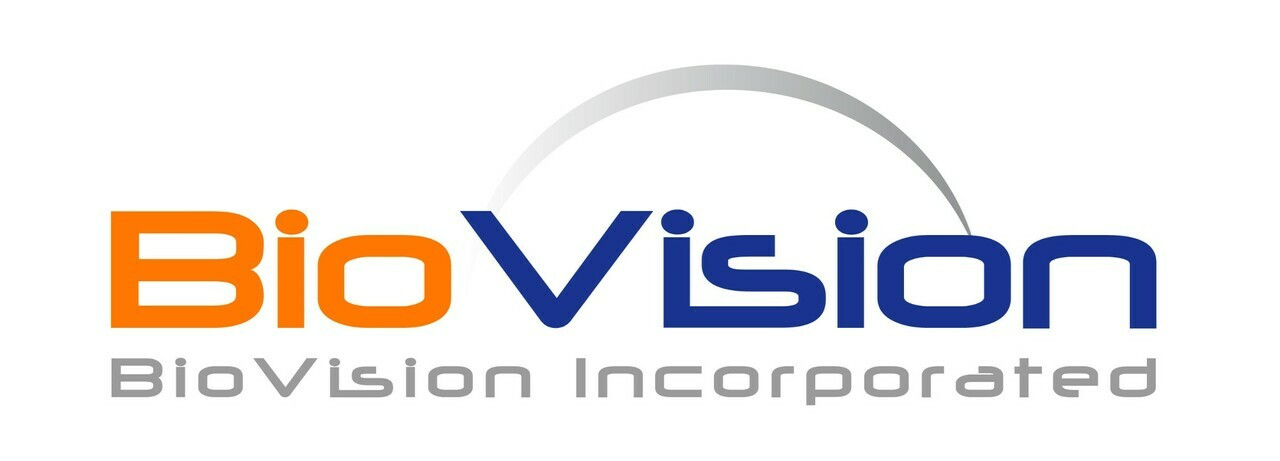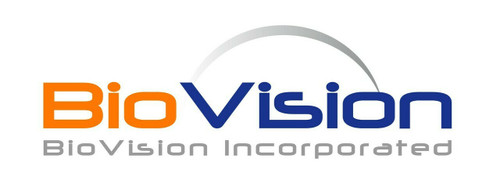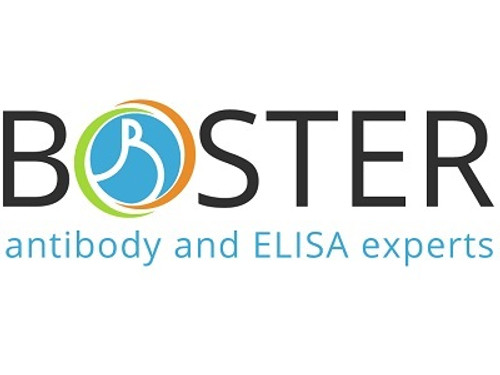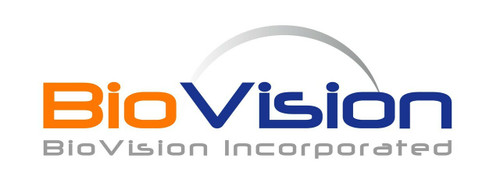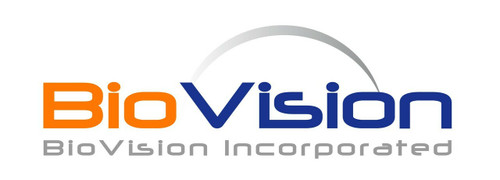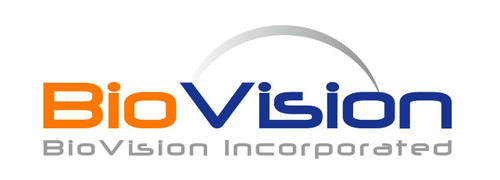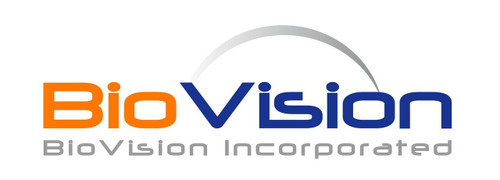Product Description
RANKL and RANK are members of the TNF superfamily of ligands and receptors that play an important role in the regulation of specific immunity and bone turnover. RANK (receptor) was originally identified as a dendritic-cell-membrane protein, which by interacting with RANKL augments the ability of dendritic cells to stimulate naïve T-cell proliferation in a mixed lymphocyte reaction, to promote the survival of RANK + T cells, and to regulate T-cell-dependent immune response. RANKL, which is expressed in a variety of cells including osteoblasts, fibroblasts, activated T-cells and bone marrow stromal cells, is also capable of interacting with a decoy receptor called OPG. Binding of soluble OPG to sRANKL inhibits osteoclastogenesis by interrupting the signaling between stromal cells and osteoclastic progenitor cells, thereby leading to excess accumulation of bone and cartilage. Recombinant rat sRANKL is a 19.4 kDa polypeptide comprising the TNF homologous region of RANKL (174 amino acid residues).
Biovision | 7193 | sRANK Receptor human recombinant DataSheet
Biomolecule/Target: sRANKR
Synonyms: soluble Receptor Activator of NFkB Ligand, TNFSF11, TRANCE (TNF-related activation-induced cytokine), OPGL, ODF (Osteoclast differentiation factor)
Alternates names: Mucosae-associated Epithelial Chemokine, CCL28, CCK-1
Taglines: Plays an important role in the regulation of specific immunity and bone turnover
NCBI Gene ID #: 56477
NCBI Gene Symbol: CCL28
Gene Source: Human
Accession #: Q9NRJ3
Recombinant: Yes
Source: E. Coli
Purity by SDS-PAGEs: 98%
Assay: SDS-PAGE
Purity: N/A
Assay #2: HPLC
Endotoxin Level: < 0.1 ng/g of protein (<1EU/g).
Activity (Specifications/test method): Determined by its ability to chemoattract human lymphocytes using a concentration range of 1.0-10.0 ng/ml.
Biological activity: Determined by its ability to chemoattract human lymphocytes using a concentration range of 1.0-10.0 ng/ml.
Results: N/A
Binding Capacity: N/A
Unit Definition: N/A
Molecular Weight: 12.3 kDa
Concentration: N/A
Appearance: Lyophilized powder
Physical form description: Sterile filtered through a 0.2 micron filter. Lyophilized from 10 mM Acetic Acid.
Reconstitution Instructions: Centrifuge the vial prior to opening. Reconstitute in water to a concentration of 0.1-1.0 mg/ml. Do not vortex. This solution can be stored at 2-8°C for up to 1 week. For extended storage, it is recommended to further dilute in a buffer containing a carrier protein (example 0.1% BSA) and store in working aliquots at -20°C to -80°C.
Amino acid sequence: SEAILPIASS CCTEVSHHIS RRLLERVNMC RIQRADGDCD LAAVILHVKR RRICVSPHNH TVKQWMKVQA AKKNGKGNVC HRKKHHGKRN SNRAHQGKHE TYGHKTPY
 Euro
Euro
 USD
USD
 British Pound
British Pound
 NULL
NULL

